Portrait of the committee, judging the Archibald Prize
The Archibald Prize is judged by committee – which is why, critics say, the best picture doesn’t always win.
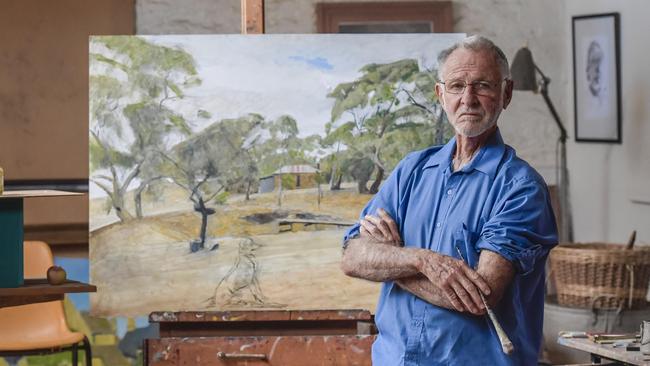
The 50 or so portraits that will be revealed on Thursday morning as finalists in the centenary Archibald Prize have already been facing off for several weeks.
It’s part of the manufactured hoopla around the Archibald that the selected portraits are kept under wraps and revealed to the public in one hit – a multi-colour flash-mob of painted faces, life-size or overblown, famous or obscure.
The unveiling of short-listed finalists, and the calling of the Packing Room prize, are but the prelude to the main event on Friday, June 4, when the winner of the $100,000 Archibald Prize is announced.
In fact, the staff and trustees at the Art Gallery of NSW – and each of the short-listed artists – have known who’s who in the Archibald zoo since early May.
Whether the prize this year will foreground politicians, activists or entertainers, reward photorealism or expressionism, or showcase women artists or artists of colour has already been decided.
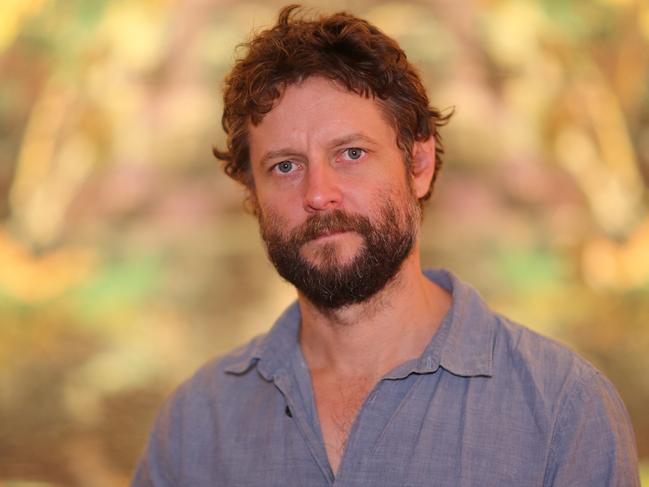
One artist who has not entered this year is Robert Hannaford. The renowned South Australian portraitist, who has painted prime ministers Malcolm Fraser and Paul Keating, has sent dozens of portraits to the Archibald but not once has he cashed the cheque.
Artists delivered their Archibald portraits by close of business on Friday, April 30. There are always a few stragglers and a race to the finish line. Pictures were carried to the loading dock by courier, car and foot, some barely dry, the reek of oil paint in the air.
On the following Sunday morning, May 2, the 11 gallery trustees met for the first order of business. Led by the president, ANZ chairman David Gonski, and vice-president Gretel Packer, the trustees mostly are denizens of Sydney’s wealthier suburbs and corporate boardrooms. Some are art collectors, but only two are artists: Tony Albert, and former Archibald winner Ben Quilty.
Their task on that Sunday morning was to cull about 1000 portraits down to a more manageable 50 that will be hung as finalists in the Archibald Prize exhibition.
Armed with a list naming each artist and sitter, the trustees watched a passing parade of portraits, to which they gave thumbs up, or down. It happens quickly and first impressions count.
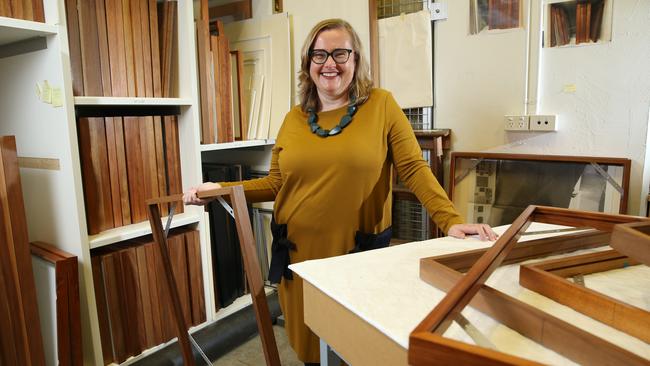
“They are looking for good paintings,” said curator Anne Ryan, who watched proceedings closely. “They are looking for something that feels truthful to them – that conveys the person’s character.”
Once the trustees had made their choices, Ryan’s real task could begin. She is responsible for what’s called the “hang”: arranging the portraits into a coherent display that will be seen by the gallery-going public.
The rules, as set out by Jules Francois (or, as he was born, John Feltham) Archibald, say that the winning portrait should be of a man or woman “distinguished in Arts Letters Science or Politics”.
What passes for distinguished today, Ryan said, is different from what was understood when the prize was first given in 1921.
“It doesn’t mean that it has to be someone famous or a celebrity – it just has to be somebody really interesting who strikes a chord,” she said.
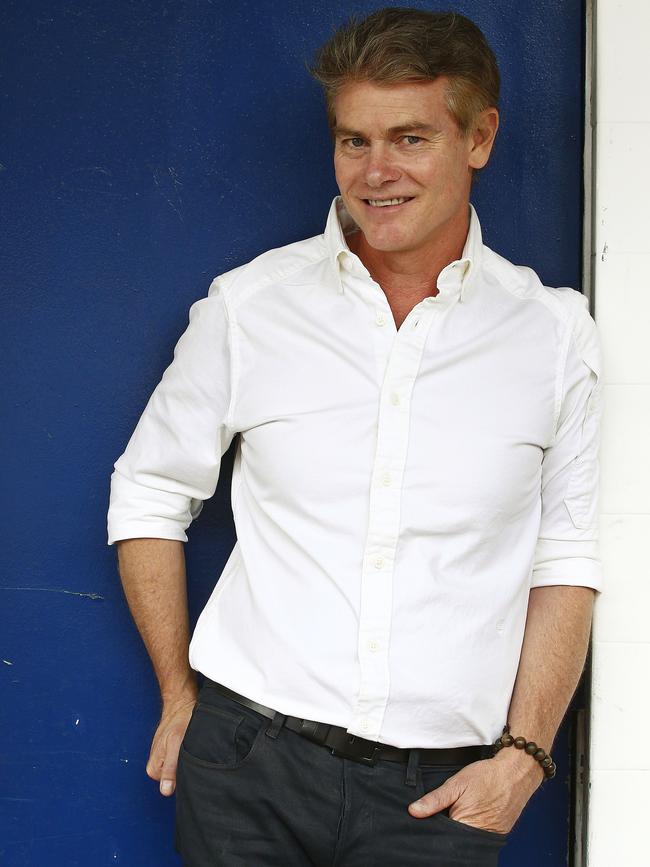
The rules also stipulate that the winning portrait be painted in the 12 months preceding the prize, which Ryan said gave the Archibald its topical flavour. It was this, she said, that may give women or Indigenous artists a greater presence on the 2021 shortlist.
Steven Alderton, director of the National Art School, said the Archibald showed signs of being an art prize judged by consensus.
The NAS has a long association with the Archibald – a fifth of its graduates and teaching staff have been finalists across the years – and the school teaches the fundamentals of good portraiture including drawing, painting and study of the human figure.
But Alderton said that while the Archibald finalists generally displayed skill and capability, the prize did not always reward the best picture. “It’s a conversation around consensus and coming up with the best of a bunch – you may not end up with the best work,” he said. “It’s like a camel: a horse designed by committee.”
By mid-May, Ryan had the Archibald finalists in place and on the walls. Since then, the trustees have been invited to visit the gallery at leisure and see the collected paintings as an exhibition.
When they meet again as a group, at 7am on the morning of the prize announcement, they may hone their deliberations to a handful of likely pictures. Then they’ll decide on the winner.
In the Archibald’s first 50 years certain artists won time and again: WB McInnes, John Longstaff, William Dargie, William Dobell and Ivor Hele were multiple winners. More recently the prize has helped bring public recognition to artists such as Wendy Sharpe, Adam Cullen, Guy Maestri and Del Kathryn Barton.
But women are vastly under-represented among Archibald alumni – only 10 have won in the past century, starting with Nora Heysen in 1938 – and it wasn’t until last year that an Indigenous artist, Vincent Namatjira, took the prize.
The Australian’s late cartoonist, Bill Leak, was a serial Archibaldist but never won the main prize. Hannaford, too, has entered dozens of times without a single success. But exposure from being selected in the Archibald exhibition has brought him commissions for other work.
“I know that what I do doesn’t ring with the Archibald often, but that doesn’t worry me, as long as I get (a picture) in, and people see it,” he said. This year, he chose not to enter. He’s been making like Michelangelo, painting six silos for an art project in Owen, SA.
More Coverage


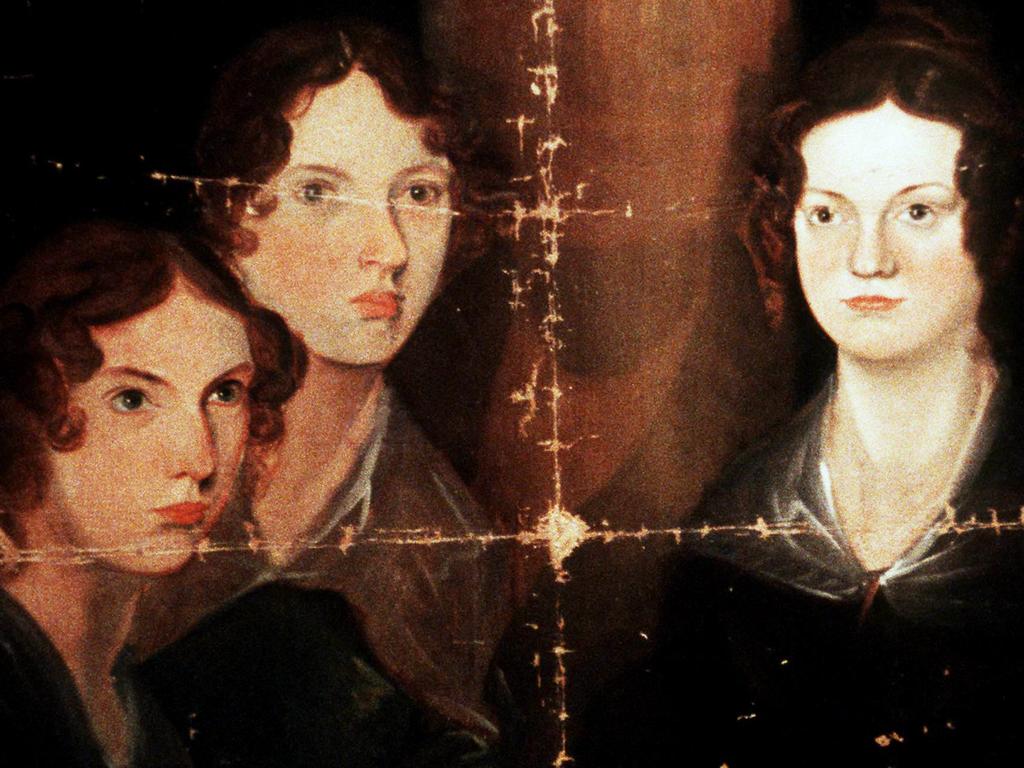

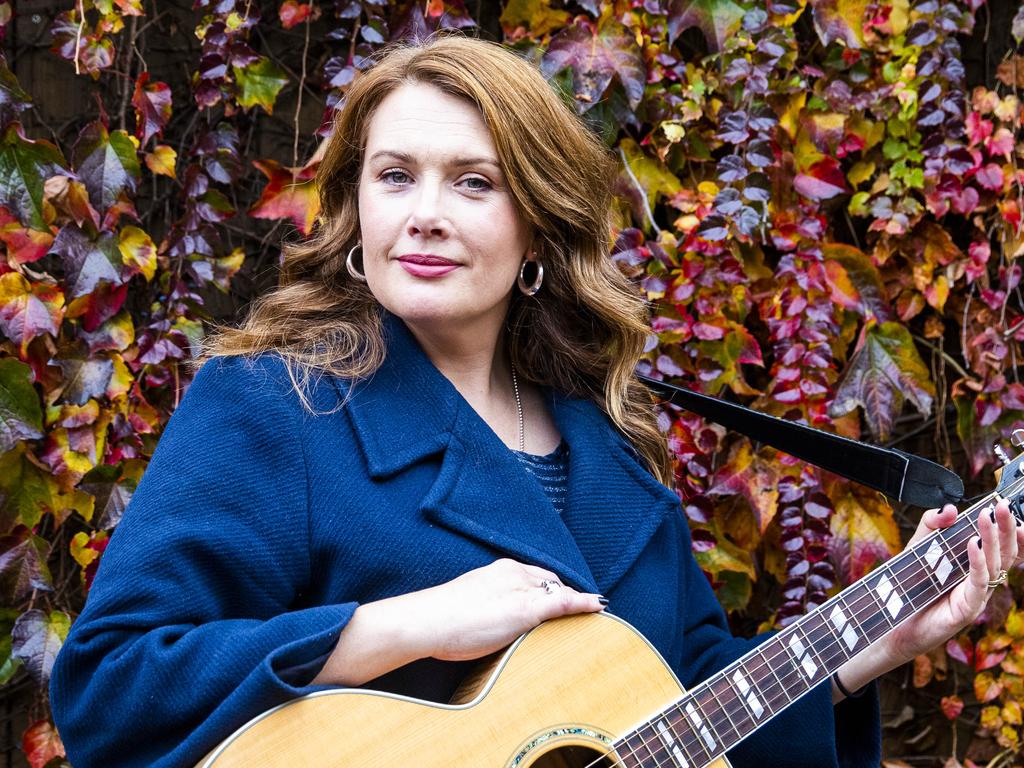
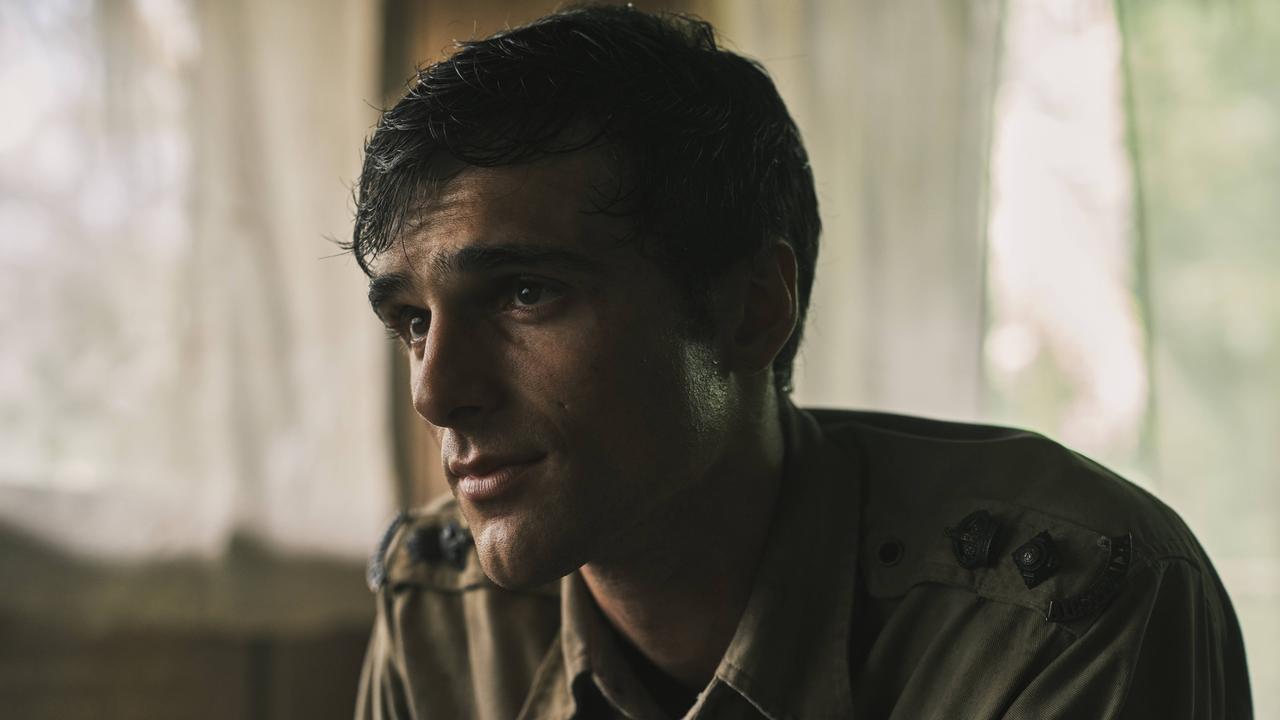
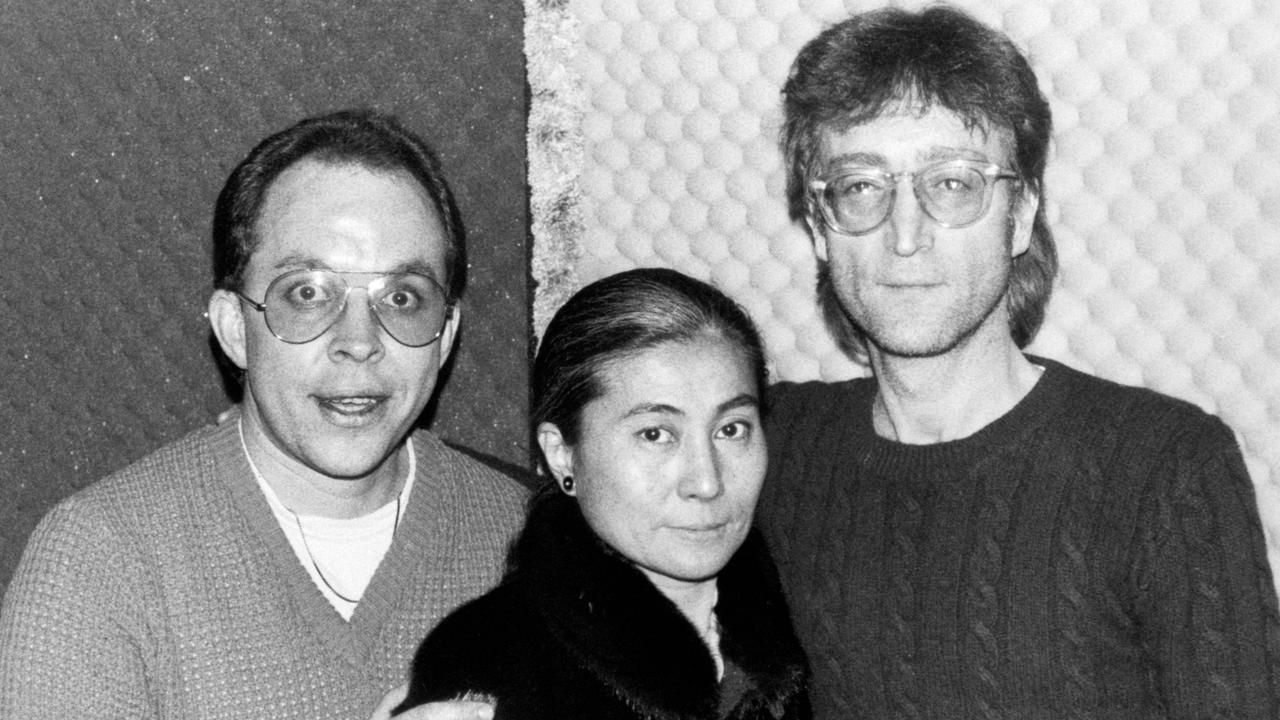
To join the conversation, please log in. Don't have an account? Register
Join the conversation, you are commenting as Logout